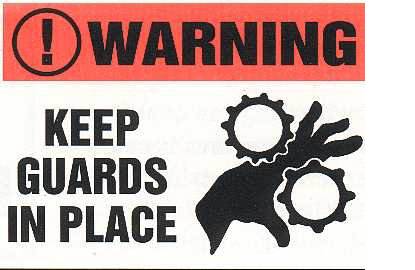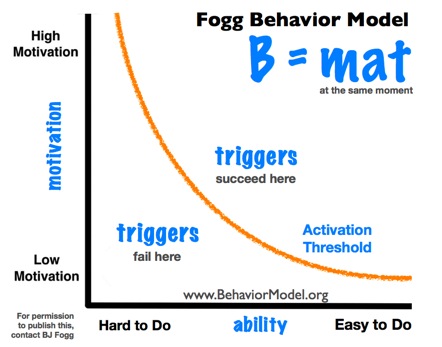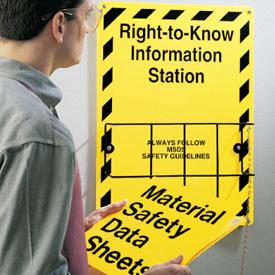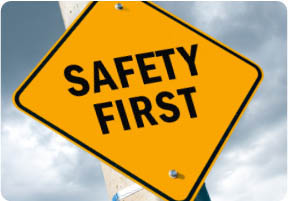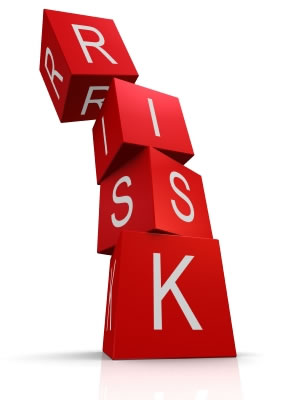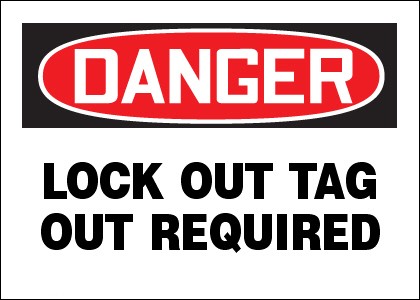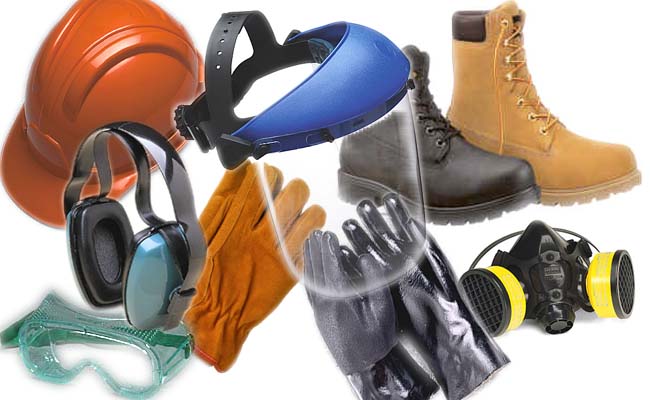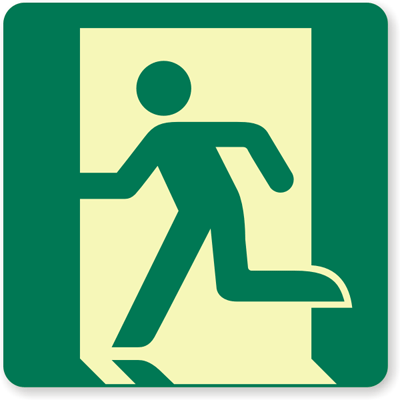 Definition of Lean:
Definition of Lean:
Doing more with less by employing “lean thinking.” Lean manufacturing involves never ending efforts to eliminate or reduce ‘muda” (Japanese for waste or any activity that consumes resources without adding value) in design, manufacturing, distribution, and customer service processes.
So what’s “beyond lean” or the “next lean”. I have found that applying “lean” thinking to employee health and productivity eliminates waste in the cost of health care, work comp, absenteeism and presenteeism (at work but not productive). To be successful you need a process or road map. The process is the five steps of risk management. They are:
- Identify Risk
- Analyze Data
- Control Risk
- Finance Risk
- Measure Results
Don’t make the mistake of thinking insurance is risk management. Insurance is not risk management; in fact it is the 4th step of the process. Skipping (or poor execution of) the first 3 steps leads the waste (higher cost) and poor results in step 5.
Payroll, Benefits and Work Comp are typically the highest cost a business has yet in many cases this area is often overlooked for waste.
 The Second Habit in Steven Covey’s book The Seven Habits of Highly Effective People is Begin With the End in Mind. I think that is a great habit to apply to workplace safety. I have attached an Annual Safety Audit to the end of this message anyone can use as a road map to an effective safety strategy. It’s been my experience that most employers want to keep their employees healthy and safe because it’s not only good business but also the right thing to do.
The Second Habit in Steven Covey’s book The Seven Habits of Highly Effective People is Begin With the End in Mind. I think that is a great habit to apply to workplace safety. I have attached an Annual Safety Audit to the end of this message anyone can use as a road map to an effective safety strategy. It’s been my experience that most employers want to keep their employees healthy and safe because it’s not only good business but also the right thing to do.
